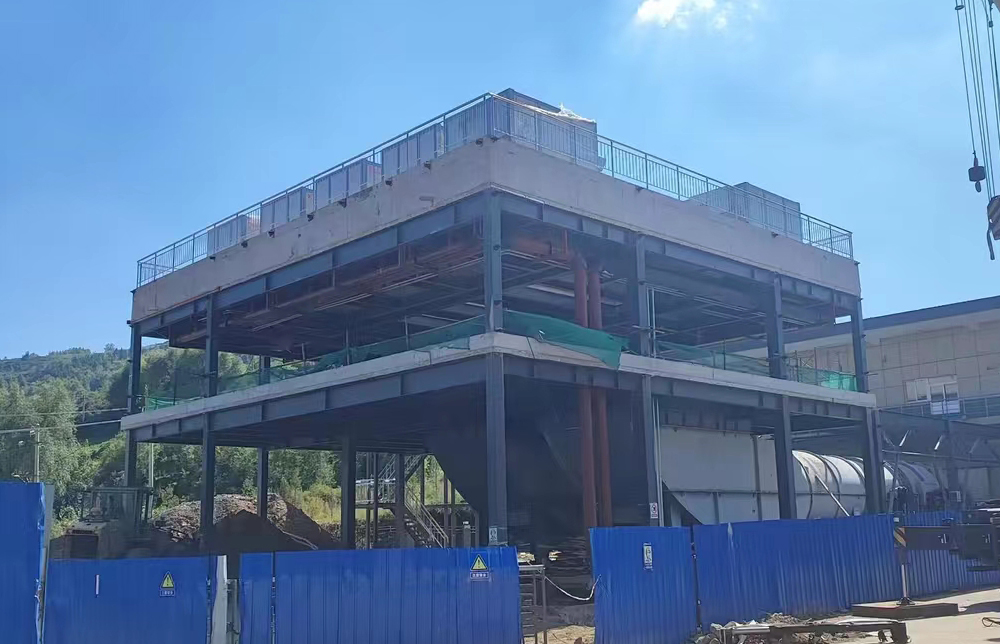Mine safety has always been a focus of attention in the mining industry. Ensuring the safety of workers is the primary task in the design and operation of mines. A key safety measure is to set up safety exits so that workers can evacuate quickly and safely in case of an emergency.
Basic requirements for mine safety exits
The number of safety exits: According to the Mine Safety Regulations, each mine must have at least two or more safety exits that can be safely accessed by people. The purpose of this regulation is to allow workers to evacuate the mine through other exits even if one safety exit is blocked or unusable. Usually, these exits should be set up at different locations in the mine to ensure that workers can quickly find the nearest exit in case of emergency.
Distribution of safety exits: The setting of safety exits should not only consider the quantity, but also be reasonably distributed in various areas of the mine, especially in the working face, main passages, and equipment concentration areas. The location of the exit should be clearly visible and easy to find, to avoid workers being in danger in emergency situations due to not being able to find the exit. In addition, exits should be equipped with prominent signs and emergency lighting facilities, so that they can be quickly identified even in low visibility environments.

The smoothness of the safety exit: The safety exit must be kept unobstructed and no debris or obstacles should be piled up. At the same time, the exit door should be able to be opened from the inside at any time to avoid delaying the evacuation time in emergency situations due to the inability to open the door lock. Regular inspection and maintenance of the smoothness of safety exits are important aspects of mine safety management.
The importance of mine safety exits
Improve emergency evacuation efficiency: In mines, unexpected events such as fires, gas explosions, water seepage, etc. may occur at any time. In this situation, quickly and safely evacuating the mine is the key to ensuring the safety of workers' lives. Setting up multiple safety exits can effectively disperse the evacuation crowd, avoid congestion, and improve evacuation efficiency.
Improving the level of safety management: The reasonable setting and management of safety exits is an important manifestation of the level of mine safety management. By regularly inspecting and maintaining safety exits, potential safety hazards can be identified and eliminated in a timely manner, ensuring that the exits are always in a usable state. This not only helps to improve the overall safety management level of the mine, but also enhances the workers' sense of safety and trust.
Meeting legal and regulatory requirements: Setting up safety exits is a basic requirement of laws and regulations such as the Mine Safety Regulations. Adhering to these regulations is not only a guarantee for the safety of workers' lives, but also a necessary measure for enterprises to fulfill their social responsibilities and safeguard their legitimate rights and interests. Violating regulations may not only lead to serious safety accidents, but also result in legal sanctions and economic penalties.
The establishment and management of mine safety exits are important measures to ensure the safety of workers' lives and improve the level of mine safety management. Each mine must have at least two safe exits for people to pass through, and be reasonably distributed in various areas of the mine to ensure that workers can evacuate quickly and safely in emergency situations. By regularly inspecting and maintaining safety exits, organizing emergency drills and safety training, and establishing sound safety management systems, the effectiveness of safety exits can be ensured and the overall safety level of the mine can be improved. Only by continuously strengthening safety management can we truly achieve safe production in mines and ensure the safety of workers' lives.







Comment